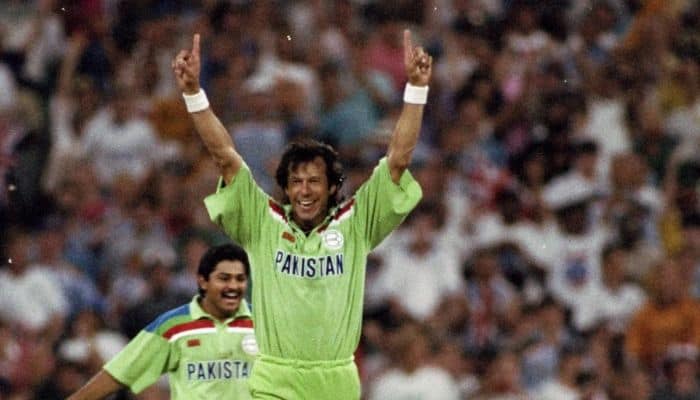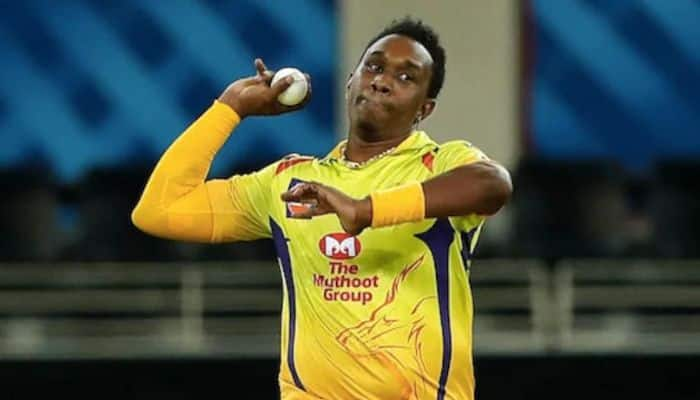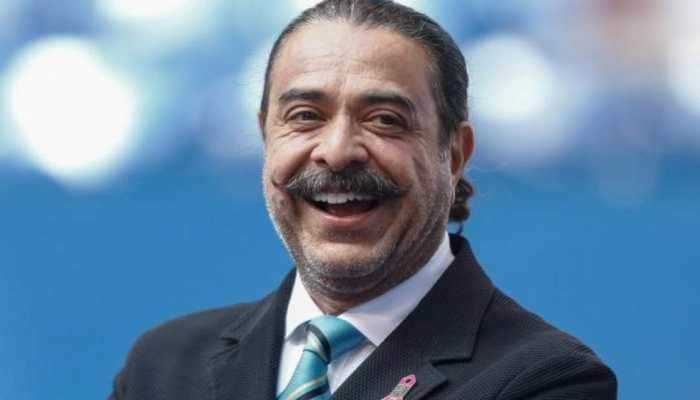Tamim Iqbal Comes Out Of Retirement, Top 10 International Cricketers Who Made Comeback After Announcing Retirement - In Pics
With each passing year, numerous cricketers bid farewell to either the international format or cricket altogether. Retiring from the game is an inevitable part of every cricketer's career, but making a comeback after retirement is a rarity. Pakistani cricketer Shahid Afridi is infamous for his comebacks, but it's important to remember that he wasn't the first to do so. As Afridi prepares to retire from cricket once again, Abhishek Kumar presents a list of eight popular cricketers who made a comeback after retirement.
Bob Simpson:
)
Bob Simpson retired from the game in 1968 after representing Australia in 52 Tests. However, he returned to international cricket in 1977 due to a specific reason. The emergence of Kerry Packer's World Series Cricket (WSC) in the 70s had severely depleted the Australian side. Almost a decade after his retirement, Simpson captained the national team at the age of 42 against India. Australia eventually won the series 3-2, with Simpson scoring 539 runs at an average of 53.90, along with taking four wickets and six catches. He went on to captain in one more series against the West Indies, which the hosts won 3-1, and Simpson was eventually replaced by Graham Yallop.
Imran Khan:

Known for his charismatic personality and leadership style, Imran Khan is arguably the greatest captain in the history of the Pakistan cricket team. After making his international debut in 1971, he announced his first retirement following the 1987 World Cup. However, Pakistan's President Zia-Ul-Haq persuaded him to make a comeback, and he did so in style by leading Pakistan to victory in the 1992 World Cup.
Javed Miandad:

If Imran Khan is considered the greatest captain of the Pakistan team, Javed Miandad is hailed as the nation's greatest batsman of all time. Famous for his last-ball six against Chetan Sharma in 1986 against India, Miandad is regarded as one of the most ingenious batsmen of all time. Like Imran, Miandad also made a comeback from retirement, but he did so within a span of just 10 days after being asked by the then Pakistan Prime Minister Benazir Bhutto to play for the team until the 1996 World Cup. Miandad scored only 54 runs in three innings during the tournament and finally ended his career at the age of 39.
Carl Hooper:

This former Caribbean cricketer shocked the world by announcing his retirement just three weeks before the 1999 World Cup. However, he made a surprising comeback in 2001 and captained the West Indies team in the 2003 World Cup. Despite some poor performances in the tournament, Hooper was retained in the side. But this time, he voluntarily stepped back and retired from the game, stating that he wanted a younger player to take his place.
Grant Flower:

Following the removal of Heath Streak as the captain of the Zimbabwe cricket team in 2004, several players threatened to quit the game. When Streak was not reinstated, Grant Flower announced his retirement along with 13 other players. However, after six years, in 2010, Grant made a surprising return to the Zimbabwe team. Although Alastair Campbell wanted him to play until the 2011 World Cup, Grant pulled out due to poor form and ended his international career in 2010.
Steve Tikolo:

This legendary Kenyan all-rounder initially retired from international cricket after the 2011 World Cup. However, he was called back by the Kenyan cricket board in 2013 at the age of 42. He made his comeback and represented Kenya in both One-Day Internationals (ODIs) and Twenty20 Internationals (T20Is). His last international match was against Netherlands on January 23, 2014.
Kevin Pietersen:

The maverick English batsman surprised everyone by announcing his retirement from limited-overs cricket in 2011, intending to focus only on Test matches. However, after a few months, he made a comeback and has yet to announce his final retirement from international cricket. His relationship with the England and Wales Cricket Board (ECB) has remained strained.
Shahid Afridi:

Shahid Afridi, the Pakistani cricketer considered one of the best all-rounders of the 21st century, is more famous for his comebacks after retirement than for his cricketing prowess. Afridi first announced his temporary retirement from Test cricket in 2006 but came back in 2010, this time as the captain. He led the side for only one Test before permanently retiring from Test cricket. After Tests, he retired from One-Day Internationals (ODIs) following the 2011 World Cup, citing differences with coach Waqar Younis. However, he made a comeback to the ODI side later in 2011 and played until the 2015 World Cup under the leadership of Misbah-ul-Haq. Now, Afridi is all set to retire from the remaining format, T20Is, with reports suggesting that his final international match might be against West Indies in the UAE, expected to be a solitary farewell match.
Dwayne Bravo:

The West Indies all-rounder initially retired from international cricket in 2018 but came out of retirement in 2020 to play in the T20I series against Ireland. He has expressed his desire to participate in the next edition of the T20 World Cup. Bravo holds the record for the most wickets in T20 cricket, with over 500 scalps. He continues to play T20 cricket across various leagues worldwide.
Brendan Taylor:

Brendan Taylor, the Zimbabwean cricketer, announced his retirement from international cricket in 2015. However, he made a remarkable comeback in 2017 and returned to the Zimbabwe national team. Since his comeback, Taylor has been a consistent performer for his team, contributing with both bat and gloves as a wicketkeeper-batsman. He continues to be an integral part of the Zimbabwean cricket setup.
Trending Photos








